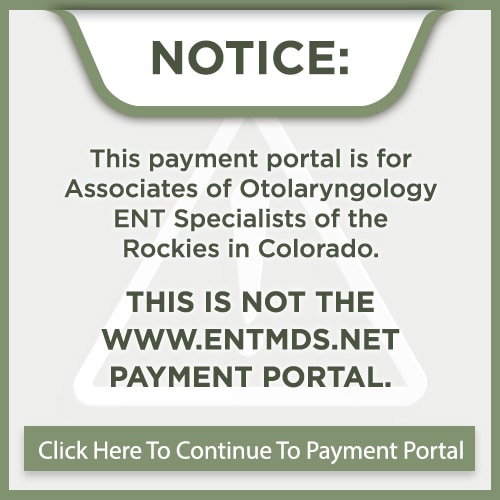8 Simple Otoplasty Recovery Tips

Otoplasty is a popular and effective procedure for correcting the appearance of the ears. Many of our otoplasty patients wonder what they can do to ensure the best possible results. Read on for recovery tips to ensure you have a quick and optimal recovery.
What is Otoplasty?
Otoplasty is ear surgery which means to change the shape and protrusion of the ears. This procedure may be beneficial to those who are bothered by how their ears appear in proportion to their head, feel their ears stick out, or have misshapen ears due to a birth defect or injury. Otoplasty is an outpatient procedure that can be performed under general or local anesthesia. This procedure is most often performed after the age of 5. Patients should have a permanent new shape to the ear and be back to normal activities after 3 months.
Otoplasty Recovery Tips for Optimal Results
#1: Avoid touching the ears.
This includes touching or rubbing the ears. Patients may experience some changes in the sensation of their ears or numbness; this is to be expected. Because you may not have full sensation in the ears, rubbing or touching the ears may inadvertently alter the results.
#2: Wear your otoplasty recovery headband.
Following otoplasty your ears will be wrapped in bandages. Around day 3, your surgeon will replace the bandages with a headband which will protect your ears from damage. You will wear this headband for 1-3 weeks or during activities in which you may pull at the ears. Be sure to follow your surgeon’s instructions regarding wearing this headband for the best results.
#3: Quit smoking.
Overall, quitting altogether is the best choice for optimal results. However, avoiding smoking for at least 6 weeks after surgery is ideal. This is because smoking can hinder the healing process and increase the risk of complications.
#4: Sleep with your head elevated.
Swelling is a normal part of the recovery process, and sleeping with your head in an elevated position is crucial to reducing this swelling. Tucking extra pillows under your head for the first week or so can be helpful. Getting a good night’s sleep is vital to the healing process.
#5: Avoid extreme temperatures.
Because your ears may be numb for a few weeks it is important to avoid extreme temperatures which could damage your ears. This includes avoiding direct sunlight and prolonged sun exposure while healing as this can darken scars.
#6: Wear easy to remove clothing.
Wearing clothing that is easy to remove such as button-ups and zippered shirts can make recovery much easier. Avoid clothing that is tight around the head or that could push the ears up while changing, as pulling clothing over the head forcefully can irritate the incision area.
#7: Clean behind your ears to avoid infection.
Patients can shower a day or so after the procedure but avoid soaking the wounds. That being said, it is important to clean behind the ears to avoid infection. After head bandages are removed 9-12 days after surgery you can wash your hair as you normally would.
#8: Eat a healthy diet.
Eating a healthy and balanced diet is important to give your body the fuel it needs to recover. After surgery, it may be hard to chew harder foods. If this is the case, your surgeon may have you stick to softer foods at the beginning of recovery.
If you take the time to follow these recovery tips, you can enjoy optimal results. Otoplasty is one of our most satisfying procedures, and patients and usually extremely satisfied with the results.
Schedule a Consultation
To learn more about otoplasty or ear deformity surgery, please contact AOO|ENT Specialist of the Rockies in Lone Tree, Castle Rock, and Denver today. We also assist patients in the Highlands Ranch, Parker, and Castle Pines areas.




